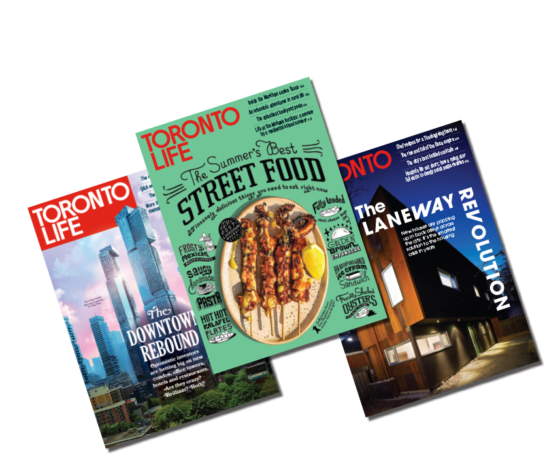“The orders quadrupled overnight”: An Instacart shopper describes what it’s like to deliver groceries during a pandemic

I’m a dance instructor and a vegan chef, and I’m always looking for side hustles to earn more money. I first found out about Instacart last fall when my aunt said she was thinking of signing up. She never did, but I registered to check it out and see how it works.
Instacart is a grocery delivery app affiliated with stores like Walmart, Superstore and Loblaws. Customers can add items to their list, and shoppers like me will buy the items and deliver them to their home. Some people just shop and others just deliver. But I have a car, so I decided to be a full-service shopper. After you sign up, you do some training through the app on things like customer service, company policies and how to handle groceries. I can choose when and how long I want to work. I usually work for four or five hours a day, and in the old days, I earned around $100 to $120 per shift. I’ll work three or four times a week, and I get paid through a weekly direct deposit.
When I’m ready to start working, I log into the app and turn on my GPS. From there, I can see which customer orders are available and how much I’d earn from each order, based on the number of items and the delivery distance. It could be anywhere from $15 to $50, depending on how many items there are; a $50 order would be 70 items or more. Sometimes there’s surge pricing when there are a lot of people ordering on the app, so I’ll get paid more.
Once I reach the grocery store, a countdown starts with the time it should take to finish shopping, usually around an hour. If I go over, the timer goes red. I don’t think it affects my rating or anything, but I’m trying to do the most amount of orders I can get in a day. I have a lanyard with a little card attached to it showing that I’m an Instacart shopper. If there’s a lineup at the grocery store, I just show it to the security and I can bypass the line.
I’ve established a shopping process. I get produce first because that’s usually the first section of the store. I get the frozen stuff last so it doesn’t melt. I scan the barcode of each item while I’m shopping—that’s how the app and the customer know I picked up what they wanted. Let’s say they wanted Diet Coke and I picked up regular Coke; the app will tell me it’s not the right one. I can also message the customer through the app in case the store is out of an item they need, but all that back and forth makes shopping time run longer. Sometimes customers can be really particular about their orders: they might ask for two green plantains and one ripe plantain.
Since the virus, things have changed dramatically. In mid-March, I went on the app and was floored by how many orders I saw. The orders literally quadrupled overnight. I knew I was taking a risk, but I continued working because I was laid off from my job as a dance instructor and I needed the money. There’s no hazard pay, but I was able to earn more since there were so many orders. Before Covid, I often had to wait around for an hour between orders; after the pandemic hit, it was back to back. These days I can make up to $150 in four or five hours.
About a week and a half later, I noticed that I was seeing more Instacart shoppers in stores—you can tell because they have their phone out and they’re scanning items. I could tell they were doing it for the first time, too, because they looked really confused. At the same time, I’m also seeing Instacart shoppers help each other out and helping other shoppers find items.
Since the pandemic started, most people are super-hostile in the grocery stores. Everyone’s scared of each other. If I ask an employee where something is, they have social distancing in mind, so they stand far away while answering the question. I’m trying to be cautious myself: in the middle of March, I started wearing a fabric ski mask that covers my nose and mouth. I wear disposable plastic gloves, and at the end of my shift I wipe down my steering wheel, my phone and my wallet. But other people might not be so mindful. The other day I was shopping, and a lady was just coughing into the air.
It’s more competitive now in the app. Sometimes, when I click on a big $50 order, I find out somebody else already took it. Customers can tip through the app ahead of time, and some people tip in person. Before this all started, I’d estimate only about 10 per cent of customers tipped. Now it’s more like 50 percent. It’s usually just pocket change, like $2 or $5, but every bit counts. I try to go for the large orders, which is $40 or more per order.
I live with my mom, and she recently asked me to stop doing Instacart, just to be safe. So I’ve paused for now, but I’m anxious to start up again because I liked doing it and it was great income. I’m relying on savings now, and it’s been hard. I don’t like being home and doing nothing, but it is what it is. I’m just waiting for things to die down a little bit, though I’m worried the app might get even more competitive when there are fewer orders and more shoppers.
—As told to Andrea Yu






